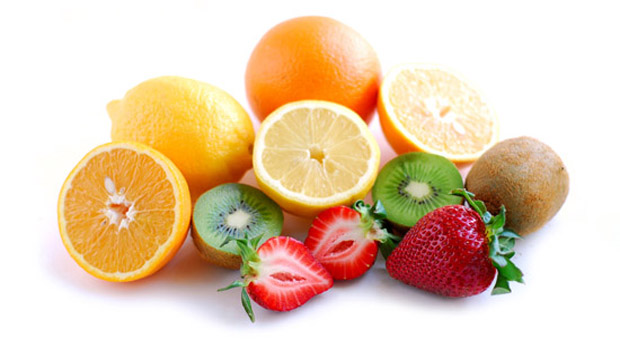
Did you know that the more colorful your plate is, the more years you can add to your life?
Foods with vibrant colors have a significant role in protecting your body from common illnesses, keeping you healthy as you age. Throughout the past decades, researches have revealed marvelous findings about the health benefits of well-pigmented fruits and veggies, which contain the highly buzzed about disease-fighting compounds called phytochemicals. All plants contain these compounds to protect themselves from various dangers, such as damaging UV rays and voracious pests. When we later consume these plants, we take in the phytochemicals, which will act as our body’s defense mechanism and protect us too.
What's fascinating, and quite handy I must say, is that nature provides an easy way of distinguishing these phytochemicals through their bright colors. What you need to do to get the greatest disease-fighting power that phytochemicals can supply is to pack your plate with a wide array of colors, such as the deep red of ripe tomatoes, strawberries, and cranberries; the pulsating orange of carrots, pumpkin and papaya; the earthy green of kiwi, broccoli and spinach; the calming blue of berries, raisins, and plums; and the rich purple of grapes, plums, and aubergines.
Red
Red fruits and vegetables are energizing and can help in improving stamina and vitality. They contain nutrients that lower the risk of prostate cancer, decrease blood pressure and LDL ("bad") cholesterol levels, reduce tumor growth, and slow down the development of arthritis. Strawberries are packed with vitamins A and C, potassium and magnesium. Cherries are great antioxidants that contain anthocyanin, the ruby pigment in berries that has shown to reduce pain and inflammation. Cherries also contain a good amount of melatonin, which tends to be low in people who have heart attacks. Lycopene, one of nature's most essential antioxidants, is available in tomatoes, and especially when cooked, can prevent prostate cancer.
Yellow/Orange
This color of foods contains beta-carotene, flavonoids, lycopene, potassium, and vitamin C. These nutrients generally lower the prevalence of age-related macula degeneration, promote collagen formation and healthy joints, scavenge harmful free radicals, support alkaline balance, and work with magnesium and calcium to build healthy bones. Beta-carotene gives foods like carrots and sweet potatoes a luminous orange color. The body converts this provitamin stored in the liver, into the active form of vitamin A, to keep your bones, eyes, and immune system strong. Oranges, as you all know, are a great source of vitamins C and B1. Cantaloupes are a good source of vitamin C and beta-carotene, and also contain polyphenol, which controls the formation of nitric oxide, a chemical linked to the prevention of heart attacks.
Green
Green vegetables contain calcium, folate, vitamin C, and beta-carotene. The nutrients found here can promote a healthy lymphatic system, keep the blood free of toxins, normalize digestion time, support retinal health and vision, and boost immune system activity. Broccoli, spinach, and romaine help in improving eye sight and boosting the immune system because they are typically very high in vitamins A and C. Broccoli also brings vitamins B6, B9, and a wealth of Vitamin C into your body. Spinach carries a large amount of magnesium, which is readily available in a lot of our foods, but is crucial to living as it is one of the main components of DNA and RNA synthesis. Greens are also very low in calories and fat, high in protein per calorie, high in dietary fiber and iron, and very high in phytochemicals such as lutein and folic acid.
Blue
During times when you feel the need to relax and de-stress, opt for foods that have a calming, deep shade of blue. These foods help in reducing inflammation and in soothing your eyes after you’ve spent too much time straining them on the computer (unless you’re reading Khaleejesque, then it's worth every minute ). Examples include blackcurrants, raisins, prunes, and blueberries, which are rich sources of several antioxidants and are a significant source of vitamin K and manganese, an essential trace mineral for all living things.
Purple
The lively shades of purple have been linked to spirituality and intuition throughout the years. While it is unlikely that any food would help you develop a more spiritual approach, improving the function of the pineal gland by consuming more purple fruits and vegetables could help with intuition. Purple foods also play an avid role in promoting a healthy nervous system. Aubergines, for example, contain a phytochemical called nasunin, which protects the outer membranes of your brain cells, and are generally low in calories and rich in potassium and calcium. Grapes have been associated with reducing heart disease, and degenerative nerve disease. Plums are low in calories, but tend to be a bit high in carbohydrates. They are however an excellent source of vitamin A, calcium, magnesium, iron, potassium, Vitamin C, and fiber and are free of sodium and cholesterol.
So after all these words my lovely readers, my advice to you is pretty simple: for a healthy variety, think color!
– Maryam AlHamad







